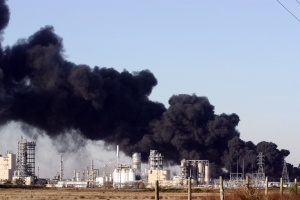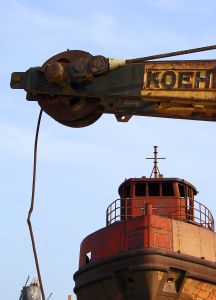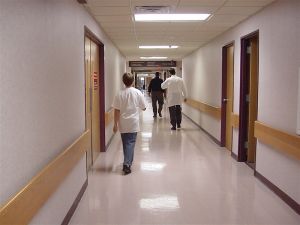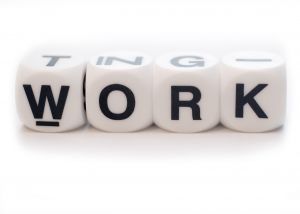An oncoming car struck a 22-year-old female pedestrian as she stepped into the road at the corner of Dorchester Avenue and West Broadway as she focused her attention on her text message instead of oncoming traffic, according to Boston.com. To make matters worse, the motorist was paying as little attention as the pedestrian was as the car ran over the young woman’s foot.

Last September, Massachusetts banned texting behind the wheel, but texting pedestrians remains legal. With summer upon us, many pedestrians will be hitting our sidewalks to soak up the beautiful weather and motorists are urged to be on the lookout. Distracted driving may soon be a thing of the past as distracted pedestrians are reportedly colliding with cars, telephone poles, tumbling down stairs, slipping off curb, and colliding with into other pedestrians. Pedestrian accidents in Boston may soon outnumber car accidents.
In all seriousness, our Boston personal injury lawyers understand the popularity of our handheld devices, but we need not forget the importance of alert and cautious travel. We urge pedestrians and motorists to work together to help keep our roadways injury-free during these beautiful months that are rolling in.
According to nationwide research conducted at Ohio State University, pedestrian texting accidents resulted in more than 1,000 visits to the emergency room in 2008. Unfortunately, these statistics were examined when Americans were sending a mere 1 trillion texts. Americans are now sending more than 2 trillion texts. The study expects new numbers to come out next month.
“I’m not sure people realize they are putting themselves at risk,” said Jack Nasar, a professor of city and regional planning at Ohio State.
As many pedestrians take their eyes off the road, motorists need to increase their awareness of their travels. While pedestrians create obstacles by themselves with their focus on their phones, a pedestrian’s biggest threat is a collision with a motor vehicle.
According to the National Highway Traffic Safety Administration, more than 4,000 pedestrians were killed in traffic accidents in 2009. Another 59,000 pedestrians were injured that same year. Pedestrian deaths made up 12 percent of all traffic fatalities and 3 percent of traffic injuries in 2009.
Massachusetts witnessed almost 50 pedestrian traffic fatalities in 2009 alone.
To help preserve the safety of pedestrians, PR Web offers these tips to motorists:
-Always be aware of your surroundings. Check your peripheral vision often as dangers can lurk from all sides.
-Look, and look again, before turning. This is especially important to remember when making a right turn on red. Be sure to check that crosswalks are clear before turning.
-Pay attention to weather and traffic conditions. Be sure to adjust your speed accordingly, especially when it is raining and your visibility is reduced.
-Always activate your turn signal when attempting a maneuver. If there are no vehicles around you, you should put on your blinker so that pedestrians you may not have seen know your next move.
Continue reading
 Boston Personal Injury Attorney Blog
Boston Personal Injury Attorney Blog




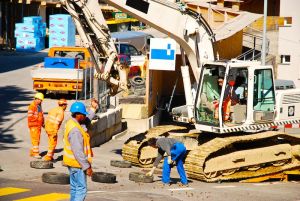 “If you’re working outdoors, you’re at risk for heat-related illnesses that can cause serious medical problems and even death,” said
“If you’re working outdoors, you’re at risk for heat-related illnesses that can cause serious medical problems and even death,” said 